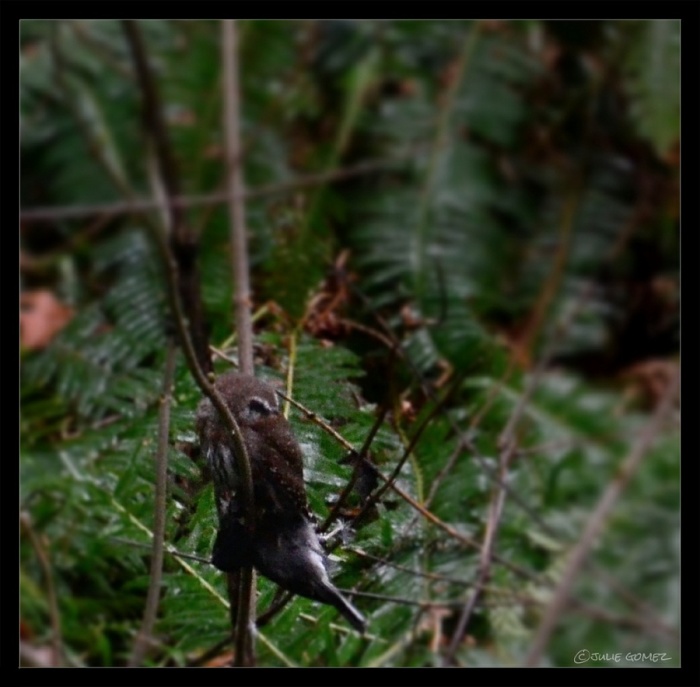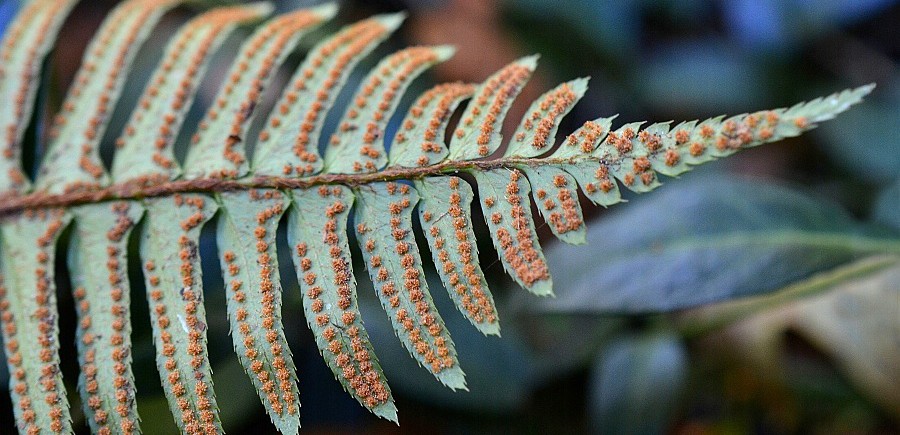
Adopt the pace of Nature, her secret is patience. —Ralph Waldo Emerson (1803-1882)
_______________
My morning began when the alarm went off at 6:00 A.M. I got myself together, hit the power button on my iMac, and then made coffee. I packed my husband’s lunch, gave him a kiss, and told him to have a good day at work.
By 7:00 A.M. I was at my desk sipping coffee, and jotting weather notes in my journal. The forecast called for a cloudy start, and some rain later in the day. From there, I began my social media, sharing my photos, and enjoying photos posted by others, and engaged in short, but sweet conversation. I then read a few blogs as the first light of a new day brightened the woods. Afterwards, I went outside and filled the bird and squirrel feeders. Back indoors, I put two miles on the treadmill, and then headed out the door again.
I had some errands to run. Oh, how I dislike running errands, but that’s life. It was still early, and traffic was wonderfully light. My Jeeps windshield was hazy a film of road spray, and so I engaged the wipers and fluid. With a swipe of the wipers, everything blurred. It was then I saw the shape of a large bird fly out of the woods. From what I could, or rather couldn’t see, it looked like a dark bird; a raven I thought. But, when the glass cleared, I saw not a raven, but a red-tailed hawk!
The red-tailed hawk is an adaptable creature that can be seen almost anywhere. While often associated with farmlands and roadsides, it is technically a forest hawk. In the forest, they behave much differently than they do in open spaces. I’ve seen them hunt squirrels, knocking them from tree branches.
I had seen a juvenile red-tailed in our woods in early winter. But, the one I saw this morning was an adult. The large size suggested a female. Coming from my left, the she-hawk glided gracefully, floating lower and lower as she crossed the highway. She was coming right at me! For fear of hitting her, I slowed down. No other cars were around thank goodness! The next few seconds played out as if in slow motion as the she-hawk, and I met. That’s when she drifted in front of my windshield with less than several feet to spare. Our paths had crossed. The she-hawk flapped her wings, reached out her talons, and latched onto the speed limit signpost. Wow! What a rush!
Now, while I would have been totally satisfied with my she-hawk encounter, another surprise awaited when I returned home. Glancing out the kitchen window, I noticed something out-of-place in the bare spindly branches of the red elderberry shrub. The dreary light made it hard to know what I was looking at. First, I thought it was a dead leaf, or one of our Douglas squirrels clowning around. They do that a lot. I reached for the binoculars, and was amazed! The dead leaf turned squirrel, was an owl! I hurried for my camera kicking myself for the precious moments I wasted with my debate. I hit the shutter button, nothing! I had cleaned my camera the night before, and forgot to readjust the settings. I fumbled for a second (still wrong) but took the pictures anyway, hoping for the best. After a half-dozen shots, I quickly readjusted the camera. Finding the correct settings, I looked up, and the little owl was gone.
In my excitement, I thought I was looking at a western screech owl, but looking at the pictures on my computer, I saw that it was a northern pygmy-owl!

The Northern pygmy-owl with piercing yellow eyes has a bright yellow beak, and false eye spots on the back of its head. It occupies western North America where it is a year-round resident of conifer and deciduous forest edges. It typically hunts during the day. Its diet consists of large insects, small to medium-sized rodents, lizards, and small to medium-sized birds with the latter often making up one-third of its diet. A powerful hunter, this owl is known as the bird that “sits and waits” for prey to come to it. What a clever little owl. Females are usually larger than males. Its voice is not your typical owl hoot, but instead, a high-pitched toot-toot! That explains the strange sound I’d heard in the woods a week earlier.


Oh, the thrill of a first sighting, a lifer! I’ve now seen four of the six owls that occupy the Mount Hood National Forest. I was beside myself with happiness. Had I not run errands that day, I would have missed the hawk. Had I not finished my errands early, I would have missed the owl. I guess errands aren’t so bad after all.
____________________
Copyright 2015. All rights reserved.

Thank you, Gordy! Sorry for any inconvenience regarding the “Like button.” The Northern Pygmy Owl is a year-round resident; while not rare, they are an uncommon sight. Do hope you get the chance to encounter this wonderful little owl.
Consider it ‘liked’ – my Ipad still doesn’t get on with your like button! Another engaging post as always; I had not come across the Northern Pygmy Owl before. Are they a rare sight, or fairly common?